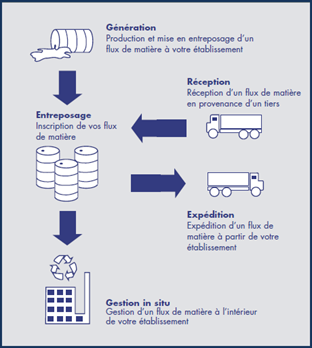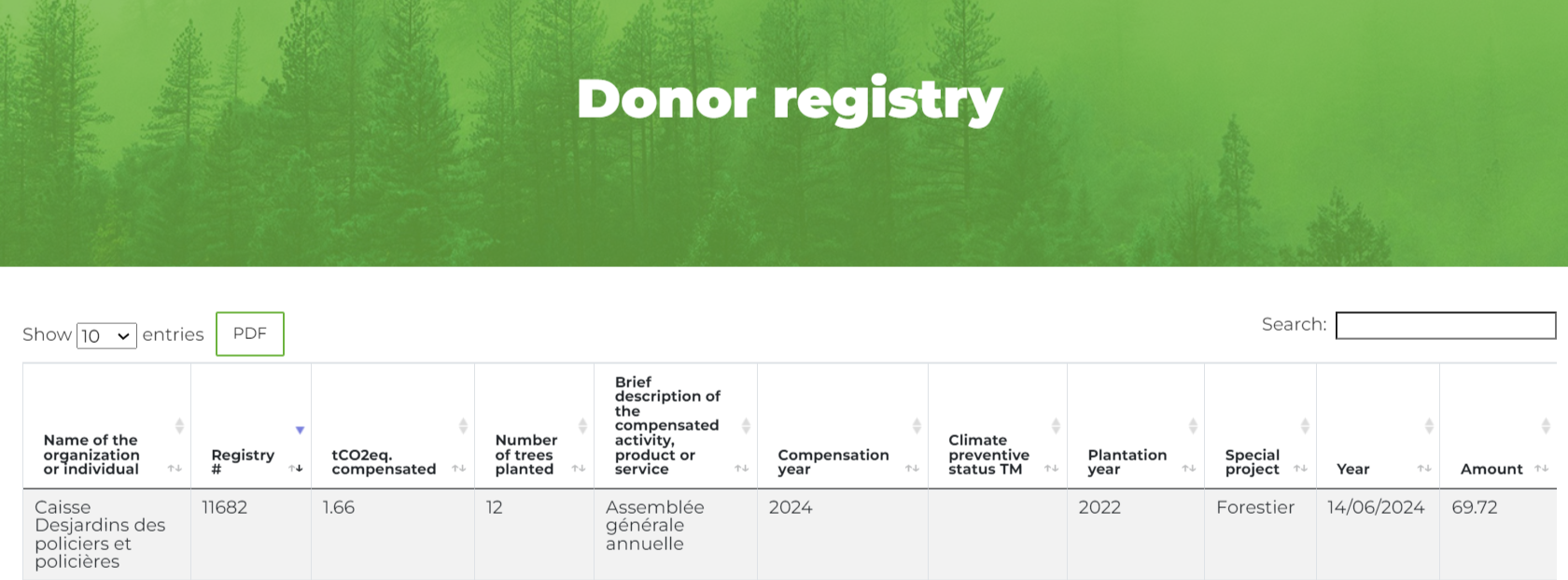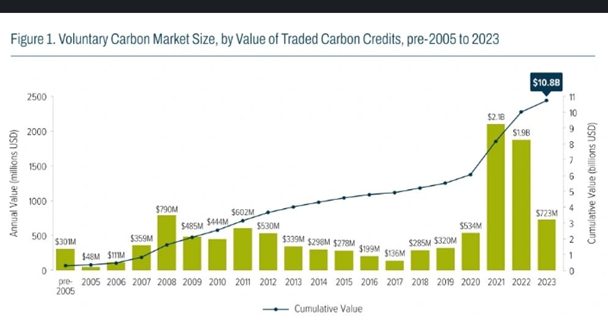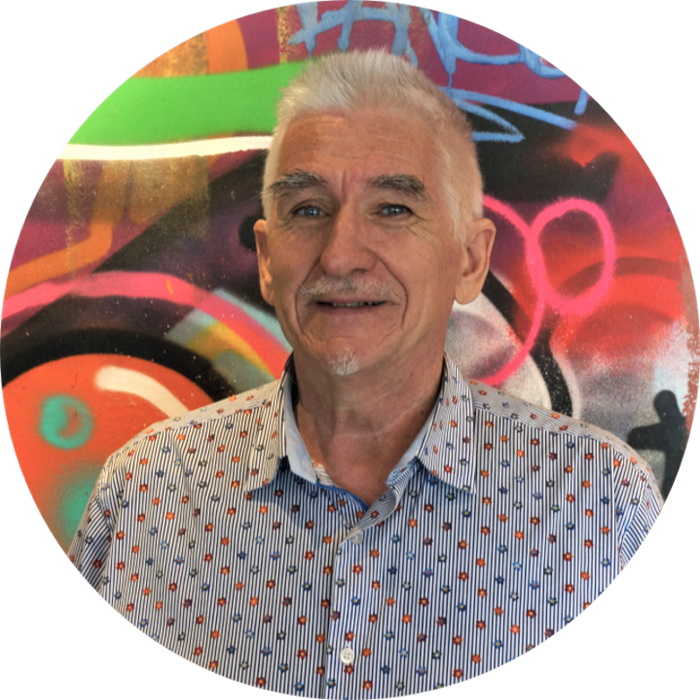Five days after the death of Claude Villeneuve, I left for a week-long vacation on May 24th to Saint Simon de Rimouski, at the beginning of the Estuary of the Saint Lawrence River. Perched on a high peak and admiring the beauty of nature, the depth of the landscape, and the strength of the human footprint[1], I reflected on the futility of life with the perspective of a Neanderthal[2], imagining the same landscape 30,000 years earlier.
First Meeting with Claude Villeneuve: A Lasting Inspiration
My first meeting with Claude took place in the spring of 2008, at the University of Quebec in Chicoutimi, in his office; I sought his advice on choosing a good program and an appropriate methodology to produce a rigorous monitoring and verification report. The goal was to gather thousands of GHG reduction projects from Quebec SMEs, called small final emitters (SFE)[3], to accelerate the reduction of GHG emissions. That day, and consistently thereafter, Claude listened exceptionally and constantly encouraged me to act.
The Genesis of Carbon Boreal and Will Solutions Collaboration
The starting point of my climate quest was a meeting in May 2007 at the Saint Laurent Borough office with Mayor Allen De Sousa, his DG, and the director of Economic Development Saint-Laurent (DESL). Organized by Environment Canada, the purpose of this meeting was to digitally connect the thousands of SMEs in the Saint-Laurent industrial park to materialize and operationalize a waste exchange, giving them a second life and reducing GHG emissions by avoiding landfilling and biogas emissions.


Foundations of a Waste Exchange in Saint-Laurent Borough, 2007
Subsequently, we solidified our commitment to carbon neutrality for the period 2007-2010. We calculated and offset our GHG emissions from the Carbon Boreal project, as illustrated below in the Carbon Boreal registry.


Mutual Recognition and Methodological Developments
2012 was a year of mutual recognition of methodological contributions to the quantification of human activities from both Carbon Boreal and Will.
- January 2012: Carbon Boreal submitted its quantification protocol for afforestation projects in the boreal forest, version 4.2[4].
- On February 20, 2012, the quantification methodology VM0018, developed by Will, was certified by the VCS program[5].
- The efforts and multi-year contributions required resulted in development costs for these two protocols amounting to hundreds of thousands of CAD.
Challenges and Successes of the 2013-2017 Period
As shown in the table below[6], there was a downturn in the voluntary carbon markets (VCM) between 2012 and 2017. The value of carbon credits traded on the VCM, in USD, dropped from 602 million USD in 2011 to 136 million USD in 2017, before starting to rise again on a fourth wave from 2018.


- Claude and I met again in Paris, in 2013 or 2014, around a table in the 15th arrondissement, him for meetings at the UNESCO office and me to discuss climate partnerships with major European groups.
- During this trough period, Claude took the time to convey words of hope to his students and partners for the end of 2015 and 2016, despite experiencing personal health challenges.
- It was also a period of calls to action, with our endorsement of Will by Canadian scientists on the need for action, March 2015: Acting on Climate Change[7].
Notable Moments and Key Events (2016-2018)
A few sparks in the darkness from January 2016 to December 2018.
It started with mutual participation in a significant event: The Great Sustainable Development Return, held in Montreal on September 6, 2016, and organized by Comité 21 Québec[8].
- Claude’s support, from that moment, for Will’s pilot project with the SADC and CAE Network and the 14 SADCs[9].
- From 2017, the Eco-counsel Chair became a source/nursery for recruiting quantifiers for Will.
- At the same time, there were multiple exchanges of business opportunities.
- The Beginning of the Fourth Wave in Voluntary Carbon Markets (VCM)
The Beginning of the Fourth Wave in Voluntary Carbon Markets (VCM)
On April 8, 2019, we sensed and announced a fourth wave in the Voluntary Carbon Markets (VCM)[10]:
- April 15, 2019, signing of a partnership agreement between Carbon Boreal and Will Solutions, embodying the vision of collaboration in climate action by combining scientific research and climate action on both forests and SME projects on their buildings, thus stimulating broader participation in reduction efforts[11].
- September 2019, formal recognition of a study on LNG conducted by Carbon Boreal, validating the carbon neutrality option available for any mega-project through the local purchase of carbon credits from Will’s Sustainable Community[12].
- Lunch on November 12, 2019, in Saguenay with the Carbon Boreal team (Hélène Coté, Sylvie Bouchard, Patrick Faubert, and Claude Villeneuve), to celebrate the commercial agreement signed earlier in April.
- From 2021-2024, multiple collaborations offering combo carbon credits, combining GHG reductions from Quebec SMEs with the boreal forest tree planting project, one of which was accepted by the Quebec National Assembly[13].
Updates and New Collaborations (2022-2024)
2022-2024: Support and assistance in updating VM0018[14]:
- In spring 2022: introduction by Claude Villeneuve and Sylvie Bouchard to Annie Levasseur (ETS) and Catherine Morency from Polytechnique, for the necessary research and scientific validations for the methodological update of VM0018, including the transport segment.
- On May 9, 2024, presentation by Will, via Teams, of the updated VM0018 to Claude Villeneuve and the Carbon Boreal team.
Future Perspectives and Call to Action
What’s next;
At the beginning of the fifth wave of the VCM, in the midst of climate upheavals, I still feel an increasing urgency to act. Collaboration is essential to combine our efforts to reduce GHG emissions at the source, stop deforestation, protect our forests, and implement CO2 capture and storage technologies. Our goals must be ambitious and, above all, concrete on the ground.
I wish to express my deepest sympathies and gratitude towards an inspiring scientist. My condolences go to his family and loved ones.
Bibliography:
[1] Diversion of the Labrador current from the Saint Lawrence Estuary with increased river temperature and significant oxygen loss: 80% probability that the phenomenon is caused by climate change; Nature Communications review, June 2023 https://www.quebecscience.qc.ca/sciences/les-decouvertes-de-2023/courant-labrador-detourne-vent/#:~:text=Rapidement%2C%20le%20coupable%20est%20identifi%C3%A9,jette%20d%C3%A9sormais%20dans%20l’Atlantique.
[2] Neanderthal Man : https://en.wikipedia.org/wiki/Neanderthal
[3] Use of the term small final emitters, the forgotten ones of SPEDE, https://solutionswill.com/wp-content/uploads/2014/01/manifesto1_-fr.pdf
[6] Ecosystem Marketplace, as of May 2024
[7] Acting on Climate Change | Acfas.
[8] https://acrobat.adobe.com/id/urn:aaid:sc:VA6C2:b16041ca-7d52-4dfa-9339-bfff22b29aed
[10] https://solutionswill.com/en/carbon-credit-chronicles-the-4th-wave/
[11] https://carboneboreal.uqac.ca/wp-content/uploads/2019/04/150419@comm_CarboneBorealwill.pdf
[12] https://solutionswill.com/en/industrial-carbon-neutrality-the-gnl-case/
[14] https://solutionswill.com/en/were-udpdating-our-methodology/
Author and Editor of the Article

Martin Clermont
President and Founder
Editor

